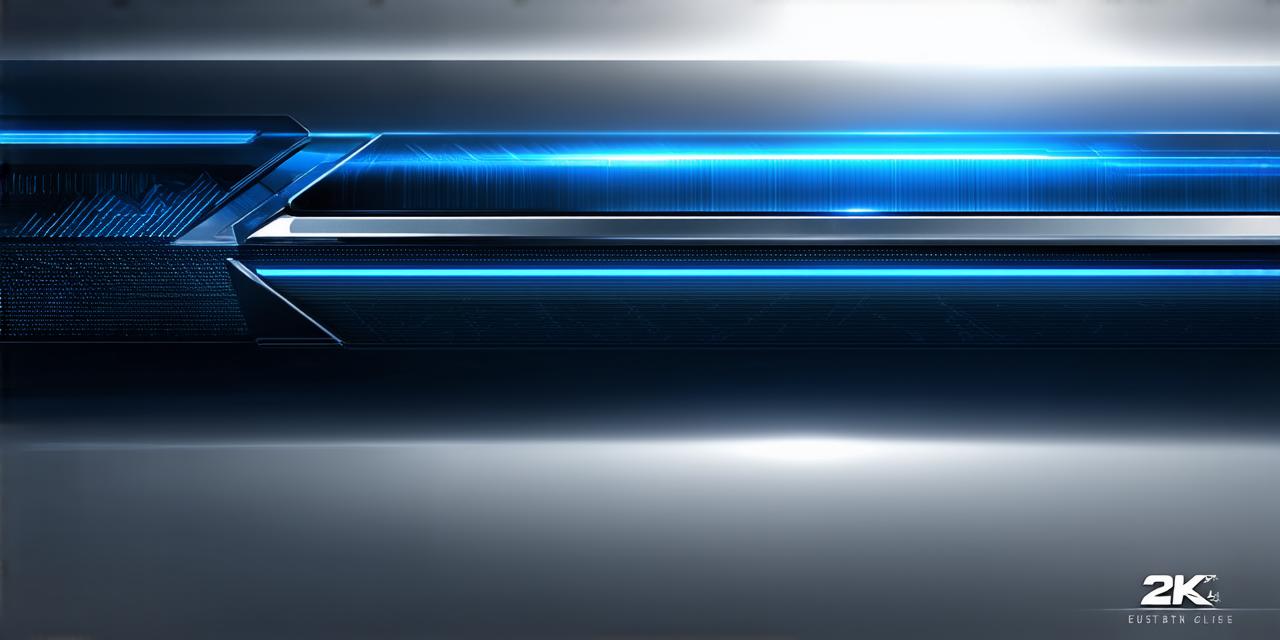Early Developments
Unreal Engine 4 (UE4) was first announced at E3 2015, with the release date set for the following year. The initial version of UE4 focused on improving performance and adding new features to the engine, including support for virtual reality (VR), physics simulation, and advanced lighting and shading effects.
One of the most significant improvements in UE4 was its VR capabilities, which allowed developers to create fully immersive experiences that could be experienced on Oculus Rift and HTC Vive headsets. This was a major leap forward for VR gaming, as it allowed developers to create games that were specifically designed for the medium.
In addition to its VR support, UE4 also introduced several new features that made it easier for developers to create complex scenes and environments. These included advanced physics simulation, which allowed objects in the scene to behave realistically and interact with one another in a more convincing manner. Another key feature was the introduction of Blueprints visual scripting, which allowed non-programmers to create custom logic and behavior within the engine without needing to write code.
The Release of UE4.2
In May 2016, Epic Games released UE4.2, which included several new features and improvements that built upon the foundation laid by the initial version of the engine. One of the most notable updates was the introduction of motion capture (mocap) support, which allowed developers to create realistic character animations by capturing the movements of real actors wearing mocap suits.
Another key feature in UE4.2 was the addition of new tools for creating dynamic weather and lighting effects. This allowed developers to create more realistic outdoor scenes that could change based on the time of day, weather conditions, and other factors.
In addition to these features, UE4.2 also included several performance improvements that made it faster and more efficient than its predecessor. These included optimizations for GPU usage, which allowed for smoother graphics and better frame rates, as well as improved support for multi-core processors.
The Release of UE4.3
In July 2017, Epic Games released UE4.3, which built upon the foundations laid by UE4.2 and introduced several new features and improvements. One of the most significant updates was the introduction of real-time ray tracing, a technique that allows for more realistic lighting and reflection effects in scenes.
Real-time ray tracing was a major breakthrough in the field of computer graphics, as it allowed developers to create scenes that looked more lifelike than ever before. This technology was particularly useful for creating outdoor environments with complex lighting and reflection effects, such as water surfaces or glass buildings.
Another key feature in UE4.3 was the introduction of new tools for creating dynamic materials and textures. This allowed developers to create more detailed and realistic characters and objects by adding subtle variations in their appearance based on factors such as lighting and surface properties.
In addition to these features, UE4.3 also included several performance improvements that made it even faster and more efficient than its predecessors. These included optimizations for multi-threading, which allowed for better use of multiple CPU cores, as well as improved support for mobile devices.
The Release of UE4.4
In November 2018, Epic Games released UE4.4, which was a major update that introduced several new features and improvements.

